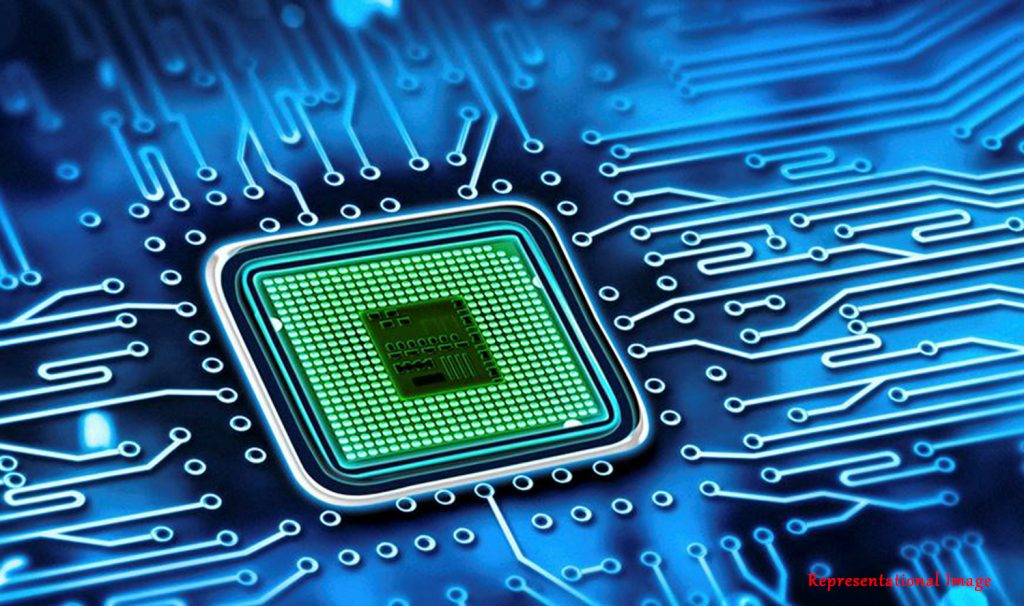
Environmental issues have gotten to a point where clean energy technologies can no longer be ignored. The production of hydrogen as an energy source could solve most of the world’s energy needs. To produce hydrogen, photoelectrochemical (PEC) water splitting has attracted a lot of attention. For this process, metal oxides such as iron oxide, copper oxide, zinc oxide, and titanium dioxide are the preferred compounds.
Of these, titanium dioxide (TiO2) and zinc oxide (ZnO) are widely used because of their photoactivity, resistance to corrosion, and chemical stability in an aqueous solution. Zinc oxide is used as in piezoelectric transducers, chemical sensors, catalysis, and photovoltaics. Titanium dioxide is also used in photovoltaic and photocatalytic applications.
Unfortunately, despite the many advantages of titanium dioxide and zinc oxide, their wide bandgap hinders the absorption of sunlight beyond the ultraviolet region which significantly reduces the photoelectrochemical efficiency.
Many methods have been used to counteract this problem. Nitrogen doping in functionalized graphene, doping with metal ions, and introducing anions (negatively charged electrode) and cations (positively charged electrode) in the photoanode material have all been tried out.
There is one method that has shown promise. This method sensitizes zinc oxide and titanium dioxide using photoactive materials like organic dye and inorganic semiconductors.
The semiconductor antimony sulphide (Sb2S3) as a sensitizer has attracted a lot of attention in this regard. It has the following advantages:
1. It exhibits unique structural, electrical, and optical properties.
2. It has a bandgap which facilitates absorption of almost all of ultraviolet and visible regions of the solar spectrum.
3. It has a high absorption coefficient in the visible region of the solar spectrum.
4. It has a low melting temperature and low toxicity.
5. Its unique structure is very useful for sensitization application.
Finally, it exhibits a suitable energy band alignment when coupled with zinc oxide and titanium dioxide. Thus charge transfer is easier.
The problem occurs when trying to synthesize antimony sulphide. Several methods have been developed for the production of antimony sulphide, but they all have their own limitations. Precise temperature control, vacuum assisted processing, and annealing are some of the challenges while trying to produce antimony sulphide.
In this study, a facile method using cost-effective antimony-MPA precursor complex to produce antimony sulphide in air was done by Dr. Vikas Sharma, Mr. Athrey C. Dakshinamurthy, and Prof. Sudakar Chandran from the Multifunctional Materials Laboratory, Department of Physics, Indian Institute of Technology Madras, Chennai.
During this process, fabrication of zinc oxide with antimony sulphide (ZnO/Sb2S3) and titanium dioxide with antimony sulphide (TiO2/Sb2S3) was done. The oxygen stoichiometry in ZnO and TiO2 were altered by annealing in air and in hydrogen. A facile thermolysis process was performed on these oxygen stoichiometry tailored oxides to get coatings of antimony sulphide by drop-casting antimony-MPA complex metal precursor in an open-air condition. The photoelectrochemical performance and stability were studied in detail by Dr. Beauty Pandey and Prof. Somnath C. Roy from the Environmental Nanotechnology Laboratory, Department of Physics, Indian Institute of Technology Madras, Chennai. The influence of oxygen nonstoichiometry on the photoelectrochemical performance of the structures was investigated in detail.

Mr. Athrey C. Dakshinamurthy 
Dr. Vikas Sharma 
Dr. Beauty Pandey 
Prof. Somnath C. Roy 
Prof. Sudakar Chandran
To conclude, the fabrication process was successful. Titanium dioxide with antimony sulphide (TiO2/Sb2S3) exhibited maximum power when TiO2 is made by annealing with air, while zinc oxide with antimony sulphide (ZnO/Sb2S3) gave best performance when ZnO is obtained by annealing with hydrogen. This study also brings out the crucial role of oxygen stoichiometry in the oxide/chalcogenide devices on the photoelectrochemical performance.
Prof. Karthik Shankar, from the ECE Department, University of Alberta, Canada gave the following comments on the paper: “The recent article from the Roy and Chandran groups at IIT-Madras reporting a photoanode consisting of titanium dioxide nanorod arrays coated with a thin layer of antimony trisulfide showcases a highly promising approach to realize high performance solar energy harvesting devices such as solar cells, photodetectors and photocatalysts. The reported photoanode consists of an interface between dissimilar semiconductors, which is known as a heterojunction. TiO2 is an n-type semiconductor belonging to the transition metal oxide family while Sb2S3 is a weakly p-type chalcogenide. It is widely recognized that the vertically oriented semiconductor nanorod array structure used in this work is a nearly ideal architecture for solar energy harvesting due to its ability to prevent the fundamental optoelectronic processes of light absorption (i.e. electron-hole generation) and electron-hole separation from competing with each other. Furthermore, TiO2 is earth-abundant, synthesizable through low cost methods and possesses excellent thermal, chemical and photochemical stability. However, the wide band gap of TiO2 renders it sensitive only to ultraviolet photons. In other words, TiO2 absorbs very little visible light. On the other hand, a number of chalcogenide semiconductors such as CdS, CdSe, PbS, PbSe, MoS2, WS2, Sb2S3, etc have relatively narrower electronic band gaps that allow them to absorb a substantial fraction of visible and near-infrared photons. Due to this motivation, there have been numerous articles that have attempted to sensitize TiO2 with chalcogenides using methods such as sequential ionic layer adsorption and reaction (SILAR), electrodeposition and physical vapor deposition. However, most of these synthesis techniques had one or more disadvantages that prevented the light harvesting potential of TiO2-chalcogenide heterojunctions to be realized. One of the novel aspects of Sharma et al. (doi:10.1016/j.solener.2021.07.045) is the use of a relatively unexplored method to fabricate the heterojunction. A colloidal suspension of antimony chloride and mercaptopropionic acid was deposited on the TiO2 nanorods and reacted subsequently to form Sb2S3. This technique can potentially be applied to other chalcogenides as well. Another interesting aspect is the unambiguous evidence of an enhanced visible light response with appreciable photocurrent densities of up to 3.9 mA/cm2 achieved under One Sun standard solar illumination.”
Article by Akshay Anantharaman
Here is the original link to the paper:
https://www.sciencedirect.com/science/article/abs/pii/S0038092X21006150









